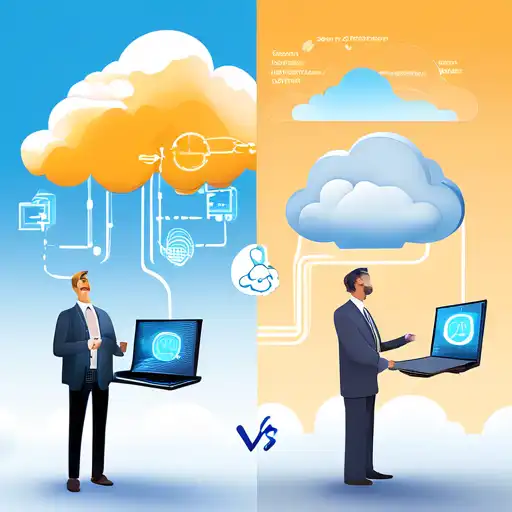Edge Computing vs Cloud Computing: Unveiling the Differences
In the rapidly evolving world of technology, understanding the distinctions between edge computing and cloud computing is crucial for businesses and individuals alike. Both technologies play pivotal roles in data processing and storage, but they cater to different needs and scenarios.
What is Edge Computing?
Edge computing refers to the processing of data near the source of data generation, rather than relying on a centralized data-processing warehouse. This approach minimizes latency, reduces bandwidth use, and enhances real-time data processing capabilities.
What is Cloud Computing?
Cloud computing, on the other hand, involves the delivery of computing services—including servers, storage, databases, networking, software—over the internet ('the cloud') to offer faster innovation, flexible resources, and economies of scale.
Key Differences Between Edge and Cloud Computing
- Data Processing Location: Edge computing processes data locally, close to the data source, whereas cloud computing processes data in centralized data centers.
- Latency: Edge computing significantly reduces latency by processing data near its source, making it ideal for real-time applications. Cloud computing may introduce latency due to the distance data must travel to and from the data center.
- Bandwidth Usage: By processing data locally, edge computing reduces the need for constant data transmission to the cloud, saving bandwidth. Cloud computing relies heavily on bandwidth for data transfer.
- Scalability: Cloud computing offers unparalleled scalability, allowing businesses to easily adjust resources according to demand. Edge computing requires physical infrastructure near data sources, which can limit scalability.
Choosing Between Edge and Cloud Computing
The choice between edge and cloud computing depends on specific needs, including the importance of latency, bandwidth constraints, and data privacy requirements. For applications requiring real-time processing, such as autonomous vehicles or industrial IoT, edge computing is often the preferred choice. Conversely, for applications where scalability and flexibility are paramount, cloud computing may be more suitable.
Future Trends
As technology continues to advance, the line between edge and cloud computing may blur, with hybrid models emerging to leverage the strengths of both. Innovations in 5G technology and AI are expected to further enhance the capabilities and integration of edge and cloud computing solutions.
Understanding the differences and applications of edge and cloud computing is essential for making informed decisions in today's digital landscape. Whether optimizing for speed, efficiency, or scalability, the right choice depends on the specific requirements of your project or business.
